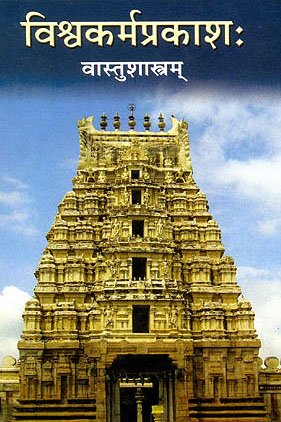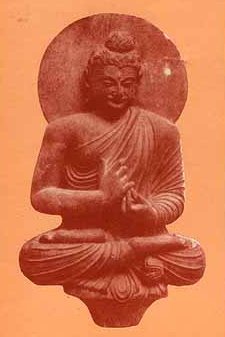Vanasanda, Vanaṣaṇḍa, Vana-shanda, Vana-sanda, Vanasaṇḍa, Vanashanda: 5 definitions
Introduction:
Vanasanda means something in Hinduism, Sanskrit, Buddhism, Pali. If you want to know the exact meaning, history, etymology or English translation of this term then check out the descriptions on this page. Add your comment or reference to a book if you want to contribute to this summary article.
The Sanskrit term Vanaṣaṇḍa can be transliterated into English as Vanasanda or Vanashanda, using the IAST transliteration scheme (?).
In Hinduism
Vastushastra (architecture)
Source: Brill: Śaivism and the Tantric Traditions (architecture)Vanaṣaṇḍa (वनषण्ड) refers to a “copse” (i.e., ‘a grove of trees’), according to the Devyāmata (chapter 105).—Accordingly, [while describing the layout of the residence (gṛha) for the prāsādāśramin]—“[...] To the north is general storage. Not too far away, nor adjoining, is a secluded, sheltered lavatory building, aside from the residence. To the east should be made a copse (vanaṣaṇḍa), and trees with flowers and fruit. [...]”.

Vastushastra (वास्तुशास्त्र, vāstuśāstra) refers to the ancient Indian science (shastra) of architecture (vastu), dealing with topics such architecture, sculpture, town-building, fort building and various other constructions. Vastu also deals with the philosophy of the architectural relation with the cosmic universe.
Languages of India and abroad
Pali-English dictionary
Source: BuddhaSasana: Concise Pali-English Dictionaryvanasaṇḍa : (m.) jungle thicket.
Source: Sutta: The Pali Text Society's Pali-English DictionaryVanasaṇḍa refers to: jungle-thicket, dense jungle D. I, 87, 117; S. III, 109 (tibba v. avijjāya adhivacana); A. III, 30; J. I, 82, 170; DhA. I, 313; II, 100. (Page 600)
Note: vanasaṇḍa is a Pali compound consisting of the words vana and saṇḍa.

Pali is the language of the Tipiṭaka, which is the sacred canon of Theravāda Buddhism and contains much of the Buddha’s speech. Closeley related to Sanskrit, both languages are used interchangeably between religions.
Sanskrit dictionary
Source: Cologne Digital Sanskrit Dictionaries: Monier-Williams Sanskrit-English DictionaryVanaṣaṇḍa (वनषण्ड):—[=vana-ṣaṇḍa] [from vana > van] See -khaṇḍ.
[Sanskrit to German]
Sanskrit, also spelled संस्कृतम् (saṃskṛtam), is an ancient language of India commonly seen as the grandmother of the Indo-European language family (even English!). Closely allied with Prakrit and Pali, Sanskrit is more exhaustive in both grammar and terms and has the most extensive collection of literature in the world, greatly surpassing its sister-languages Greek and Latin.
See also (Relevant definitions)
Partial matches: Shanda, Vana, Camta.
Ends with: Bhadravanasanda, Icchanangalavanasanda, Jalukavanashanda, Kappasikavanasanda, Kappasiyavanasanda, Rakkhita Vanasanda.
Full-text: Jalukavanashanda, Vanakhanda, Kanana, Shanda, Baliharana, Icchanangalavanasanda, Icchanangala, Parisamanta, Iccananagala, Bali, Nishraya.
Relevant text
Search found 1 books and stories containing Vanasanda, Vanaṣaṇḍa, Vana-shanda, Vana-sanda, Vanasaṇḍa, Vanashanda, Vana-saṇḍa, Vana-ṣaṇḍa; (plurals include: Vanasandas, Vanaṣaṇḍas, shandas, sandas, Vanasaṇḍas, Vanashandas, saṇḍas, ṣaṇḍas). You can also click to the full overview containing English textual excerpts. Below are direct links for the most relevant articles:
Vinaya Pitaka (3): Khandhaka (by I. B. Horner)
Act of reconciliation < [11. The followers of Paṇḍuka and Lohitaka (Paṇḍulohitaka)]